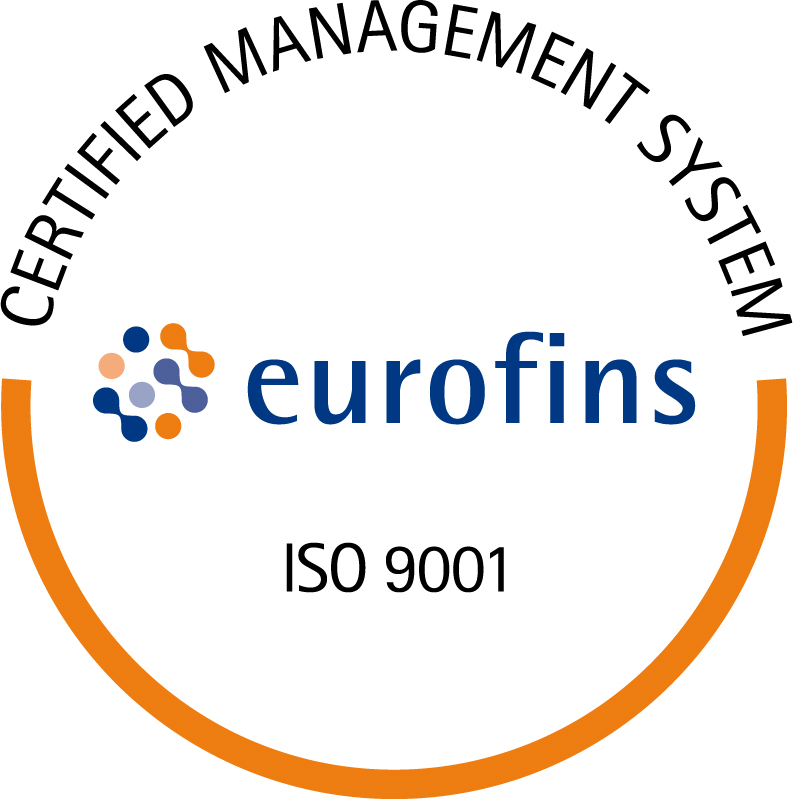ATEX, Atmosphéres Explosibles, the name refers to potentially explosive atmospheres found in mines, the chemical industry or oil refineries, among others. There are two ATEX directives: ATEX 114 (2014/34/EU), which deals with equipment and protective systems designed for use in potentially explosive atmospheres, and ATEX 153 (1999/92/EC), which deals with the protection of workers against the risk of explosion at the workplace. In this article, we will only deal with Directive 2014/34/EU.
ATEX-directive 2014/34/EU
Directive 2014/34/EU aims to ensure safety by preventing risks to persons, property and the environment arising from explosions or accidents involving equipment. Products that meet uniform requirements also enjoy free movement within the EU’s internal market. The directive enables and facilitates the demonstration of conformity – the product is safe and complies with regulations.

Potentially explosive atmospheres are marked with EX -mark
The ATEX certificate is valid for 3 years and the follow-up audit is carried out max. every 18 months. The audit examines the conformity of equipment and protective systems in accordance with the Directive. This includes, for example, equipment testing, personnel training and compliance with safety instructions, as well as explosion protection specifications and documentation of quality management system measures.
Why ISO 9001 quality management system?
An ISO 9001 certified quality management system ensures that we have a controlled and standardized operating process that promotes product safety and quality. Although the ATEX directive itself does not require a certified ISO 9001 quality management system, it is an internationally accepted way to demonstrate that the manufacturing process meets strict standards. The quality management system indicates, among other things, that:
- Product safety is in order. The manufacturer has a systematic and controlled quality management system, which is necessary to ensure safety
- The certification requirement of the ATEX Directive requires equipment class I the manufacturer to have a quality management system in place to inspect production and test the final product
- Process integrity and traceability, ATEX product manufacturing steps are documented and traceable, which is critical especially in potentially explosive areas where even minor errors can lead to serious accidents

Benefits of the standard
- Protection levels: Equipment and protection levels are designed to prevent ignition and withstand the effects of an explosion
- Classification: ATEX equipment and systems are classified according to the type of environment and risk exposure (gases, dusts, etc.)
- CE marking and ATEX marking: ATEX standardized products carry both the CE marking and a separate ATEX marking indicating that the equipment meets the requirements of the directive in question
Ontec OnatexHeat, ATEX approved
Ontec has been manufacturing the OnatexHeat trace heating system ATEX successfully since 2005. OnatexHeat – adjustable heating control system – manages the temperature of products in pipelines in a controlled manner. Trace heating plays a significant role in both process control and environmental safety. The system consists of e.g. user interface, safe control system, temperature measurement and electrical outputs of trace heating cables. The size of the trace heating system can vary from a few control circuits to thousands of control circuits. The OnatexHeat system is suitable for both normal and explosive atmospheres.
OnatexHeat features
Easy connectivity to control systems
Heating zones can be divided into groups, allowing the required section to be managed in one function
Control not only from the control room, but also via the display on the control panel
User rights can be defined on a per-function basis


